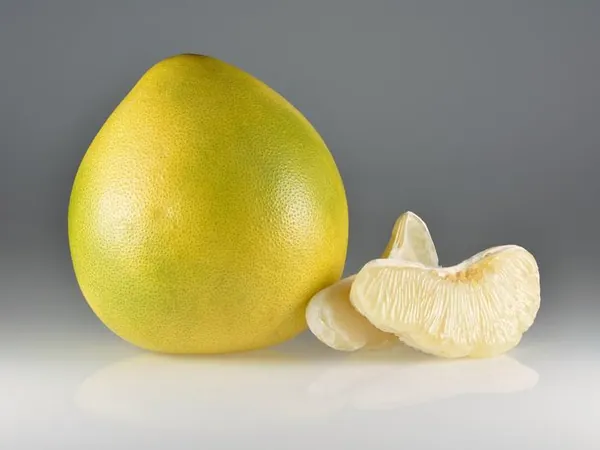
Breakthrough in Biotechnology: Ancient Immune Receptor Paves the Way for Crop Protection
2025-09-17
Author: Arjun
Revolutionizing Plant Defense Against Pathogens
A groundbreaking discovery at the RIKEN Center for Sustainable Resource Science in Japan, led by Ken Shirasu, may hold the key to protecting plants from a multitude of harmful pathogens. Researchers have identified an ancient immune receptor termed SCORE (Selective COld shock protein Receptor) that can recognize cold-shock proteins—key molecules found in over 85% of known bacteria, along with fungi and insects.
Engineering a New Defense Strategy
Published on September 4 in the journal Science, the team's findings reveal that by altering specific sections of the SCORE protein, they can change which cold-shock proteins it detects. This discovery opens avenues for engineering synthetic receptors, potentially equipping crops and trees with enhanced defenses against a myriad of diseases.
The Ongoing Battle Against Pathogen Infections
Flowering plants like rice, wheat, and olive trees often suffer from pathogen infections, which can severely reduce their yield and size. While plants have natural defenses through receptor proteins that trigger immune responses, none can tackle every existing or emerging threat. Genetic transfer of receptors among some plant species has been attempted, but with hundreds of thousands of receptor-microbe combinations identified, fewer than ten have been successfully mapped, mostly in traditional model species.
Uncovering Nature's Secrets
In an ambitious exploration, Shirasu's team sifted through over 1,300 receptors sourced from 350 plant genomes, ultimately uncovering a novel receptor in the pomelo fruit. It was observed that SCORE can respond to various cold-shock proteins by identifying a specific sequence of 15 amino acids known as csp15. Fascinatingly, modifying certain amino acids within this sequence altered SCORE's detection capabilities.
A Common Protector Across Species
Most pathogens—except for viruses—produce at least one type of cold-shock protein. Analysis of csp15 revealed that while many amino acids are conserved, specific sites vary significantly, indicating important areas that influence pathogen recognition. The study identified over 60 variations of SCORE across different plant lineages, suggesting these receptors may already exist in many crops, providing a foundation for stronger disease resistance.
Evolving for Effectiveness
Co-author Yasuhiro Kadota remarked on the intriguing nature of their findings, noting that the natural diversity in CSP recognition among SCORE proteins suggests a history of evolutionary fine-tuning to improve pathogen detection.
Toward Agricultural Innovation
The researchers further explored SCORE's potential by engineering new versions of the receptor. By modifying key sections, they successfully created receptors capable of detecting previously undetected pathogens, including those from Ralstonia, Erwinia, and Xanthomonas, which the natural pomelo SCORE could not recognize.
A Sustainable Future for Agriculture
Looking ahead, Shirasu emphasizes that their work provides a robust framework for identifying and engineering immune receptors from non-model plants, particularly long-lived varieties. First author Bruno Pok Man Ngou shared aspirations of introducing these engineered SCORE variants into crucial crop species, aiming to bolster resistance against pathogens and pests. This innovative approach could significantly contribute to sustainable agricultural practices and enhance global food security.




 Brasil (PT)
Brasil (PT)
 Canada (EN)
Canada (EN)
 Chile (ES)
Chile (ES)
 Česko (CS)
Česko (CS)
 대한민국 (KO)
대한민국 (KO)
 España (ES)
España (ES)
 France (FR)
France (FR)
 Hong Kong (EN)
Hong Kong (EN)
 Italia (IT)
Italia (IT)
 日本 (JA)
日本 (JA)
 Magyarország (HU)
Magyarország (HU)
 Norge (NO)
Norge (NO)
 Polska (PL)
Polska (PL)
 Schweiz (DE)
Schweiz (DE)
 Singapore (EN)
Singapore (EN)
 Sverige (SV)
Sverige (SV)
 Suomi (FI)
Suomi (FI)
 Türkiye (TR)
Türkiye (TR)
 الإمارات العربية المتحدة (AR)
الإمارات العربية المتحدة (AR)